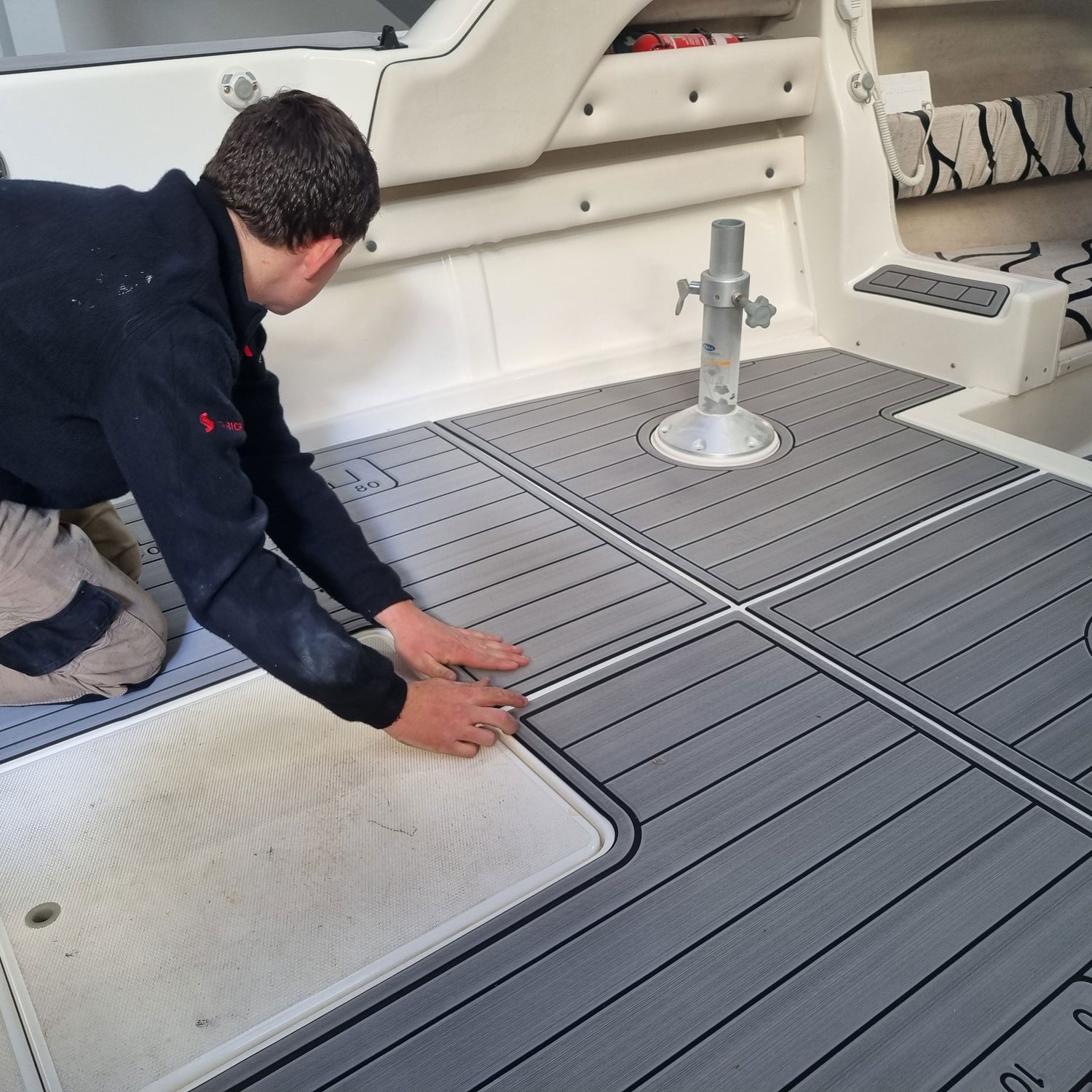
The Ultimate Guide to EVA Foam Boat Flooring: Benefits, Installation, and Maintenance
EVA foam boat flooring has revolutionized marine design by offering a lightweight, durable, and cost-effective alternative to traditional materials like wood or rigid composites. Whether you're renovating an old vessel or customizing a new one, understanding the advantages and proper use of EVA foam is critical. This guide answers all your questions about EVA foam boat flooring.
Why Choose EVA Foam for Boat Flooring?
1. Lightweight and Durable
EVA (ethylene-vinyl acetate) foam is significantly lighter than marine plywood or fiberglass, reducing overall vessel weight and improving fuel efficiency. Its closed-cell structure resists water absorption, preventing rot and mold growth—a common issue with wood-based materials. Studies show that EVA copolymers with higher vinyl acetate content (e.g., 12 wt.%) exhibit superior creep resistance and mechanical stability at high temperatures, making them ideal for marine environments.
2. Anti-Slip and Comfort
VA foam’s textured surface provides excellent traction, even when wet. This minimizes slip hazards, a crucial safety feature for boats. Additionally, its cushioning effect reduces fatigue during long hours on the water, offering comfort unmatched by rigid flooring options.
3. Chemical and UV Resistance
EVA foam is inherently resistant to oils, fuels, and UV radiation, ensuring longevity in harsh marine conditions. Unlike traditional adhesives, EVA-based hot-melt adhesives (used in installation) also demonstrate strong compatibility with additives, enhancing their weather resistance.
How to Install EVA Foam Boat Flooring?
Step 1: Surface Preparation
-
Ensure the substrate (e.g., plywood or fiberglass) is clean, dry, and free of debris.
-
Sand uneven surfaces to avoid air gaps, which can lead to delamination.
Step 2: Adhesive Selection
Use EVA hot-melt adhesives for optimal bonding. These adhesives are solvent-free, emit no volatile organic compounds (VOCs), and provide strong adhesion even in fluctuating temperatures. For best results, select adhesives with 20–35% vinyl acetate content, as they balance flexibility and strength.
Step 3: Application Tips
-
Maintain adhesive temperature within the manufacturer’s recommended range (typically 150–180°C) to prevent carbonization, which weakens bond strength.
-
Apply uniform pressure during installation to eliminate air pockets. Use rollers or clamps for even distribution.
Maintenance and Troubleshooting
1. Cleaning
-
Use mild soap and water for routine cleaning. Avoid abrasive cleaners, which can damage the foam’s surface texture.
2. Repairing Damage
Small tears or punctures can be repaired with EVA-compatible adhesive patches. For larger issues, replace the affected section to maintain structural integrity.
3. Avoiding Common Issues
-
Bubbling/Peeling: Ensure proper adhesive application and substrate moisture levels (<10%) during installation.
-
Solvent Damage: EVA foam has limited solvent resistance. Opt for water-based paints or coatings to avoid degradation.
Frequently Asked Questions
Q: How does EVA foam compare to marine plywood?
A: EVA foam is 30–50% lighter, non-absorbent, and requires no sealing. However, plywood offers higher impact resistance for heavy-duty applications.
Q: Can EVA foam withstand high temperatures?
A: Yes. Irradiated EVA copolymers (e.g., 180 kGy doses) show enhanced thermal stability, retaining mechanical properties up to 150°C.
Q: Is EVA foam eco-friendly?
A: EVA is recyclable and emits no VOCs during production or installation, aligning with sustainable boating practices.
Conclusion
EVA foam boat flooring combines practicality, safety, and durability, making it a top choice for modern boaters. By following proper installation and maintenance guidelines, you can extend its lifespan and enjoy a safer, more comfortable vessel. For more insights on marine materials, explore our blog or contact our experts!

